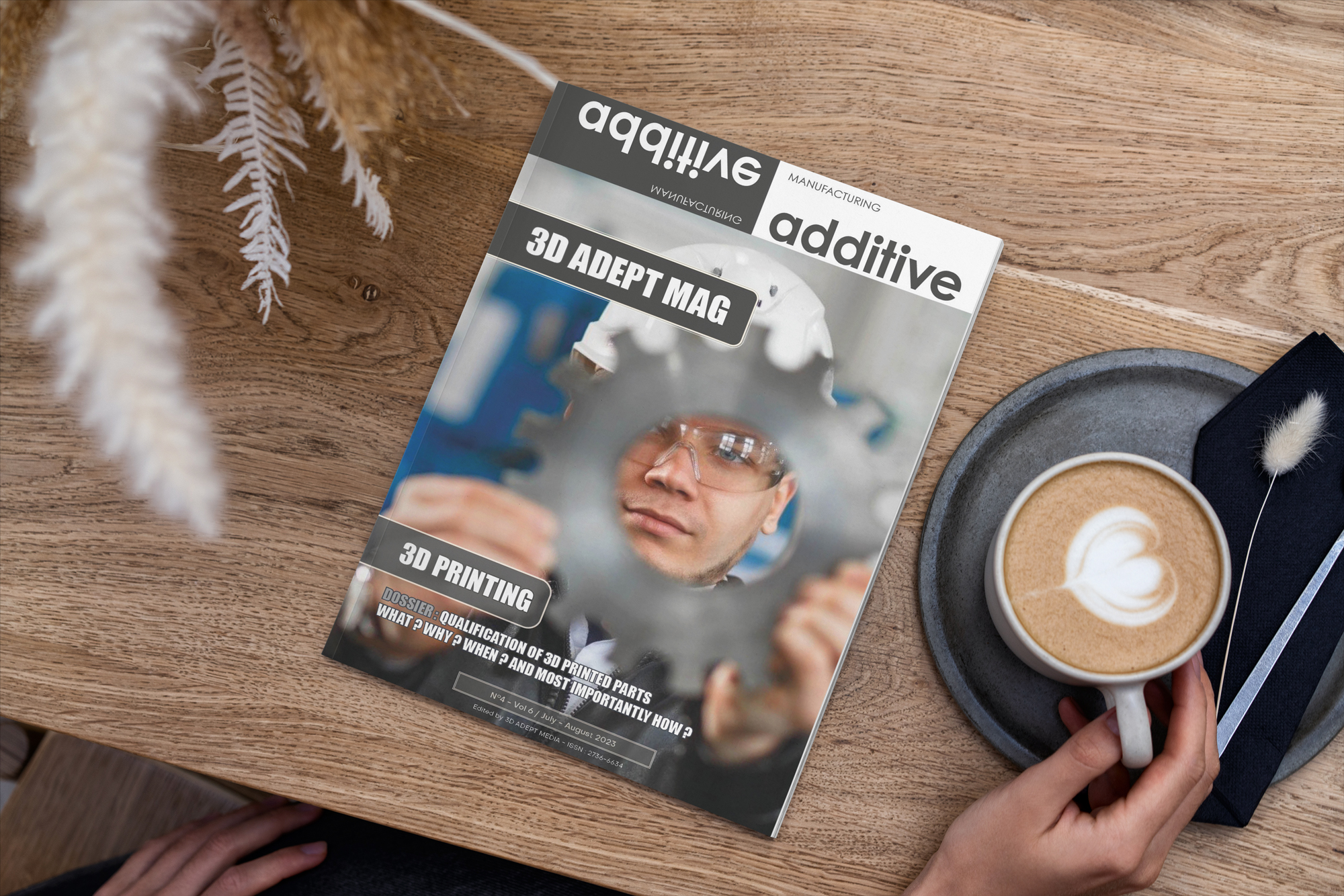Download the July/August edition of 3D ADEPT Mag
Since AM is already described as “the most overhyped technology”, there is a need to lay out the facts and to be transparent about the impact of those non-AM/3DP frontier solutions without enthusing. In this summer edition of 3D ADEPT Mag, we have identified a couple of topics that are already making strides across the software, materials and applications segments. These topics may not necessarily be “new” as they aim to shed light on complexities one does not necessarily take into account when exploring AM, and lessons that can only result from holistic experiences of the technology. Beyond these applications and technology solutions that impact the AM industry itself, this edition of 3D ADEPT Mag also brings to the table a timeless and complex topic: part qualification. Chosen by our community, the topic is not a new one at 3D Adept media, but as AM is entering a maturation stage, there is a need to document and characterize qualification efforts, (to attempt) to provide a framework that could really help industries, so that you can plan tomorrow, today.
Exclusive features


